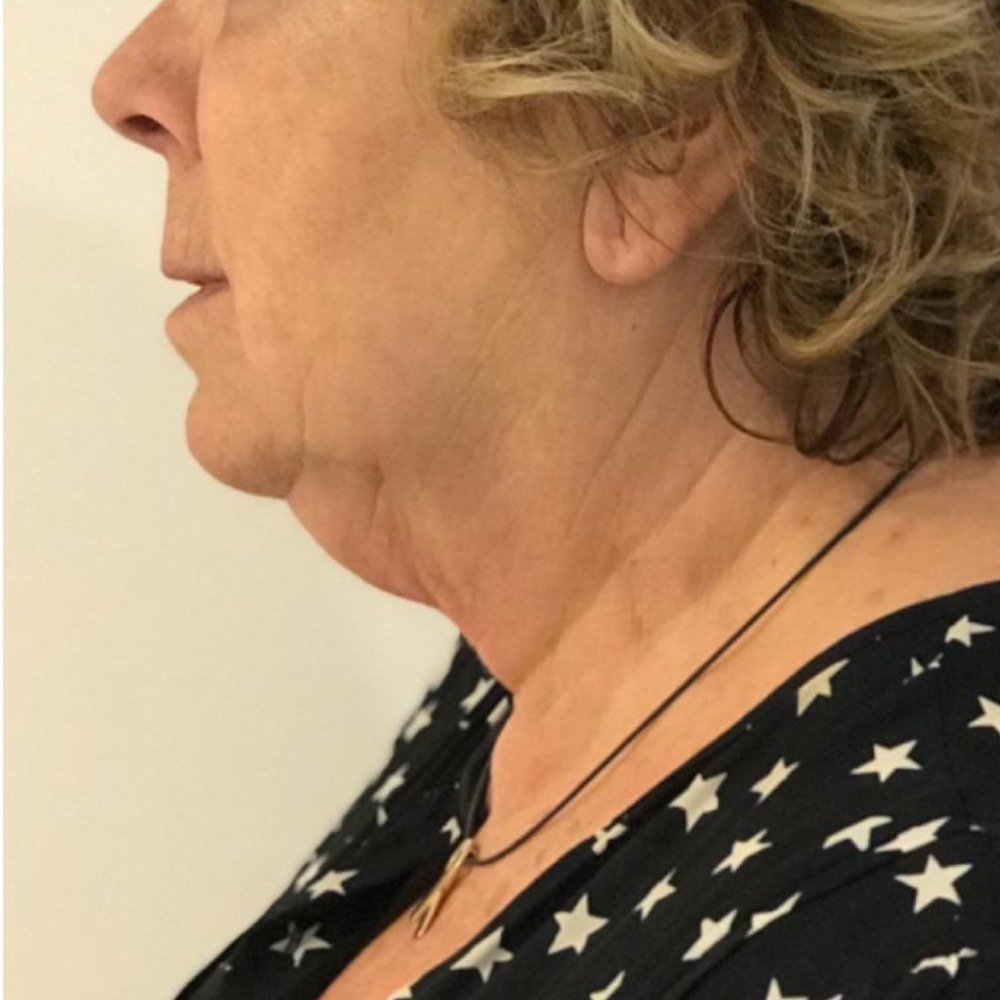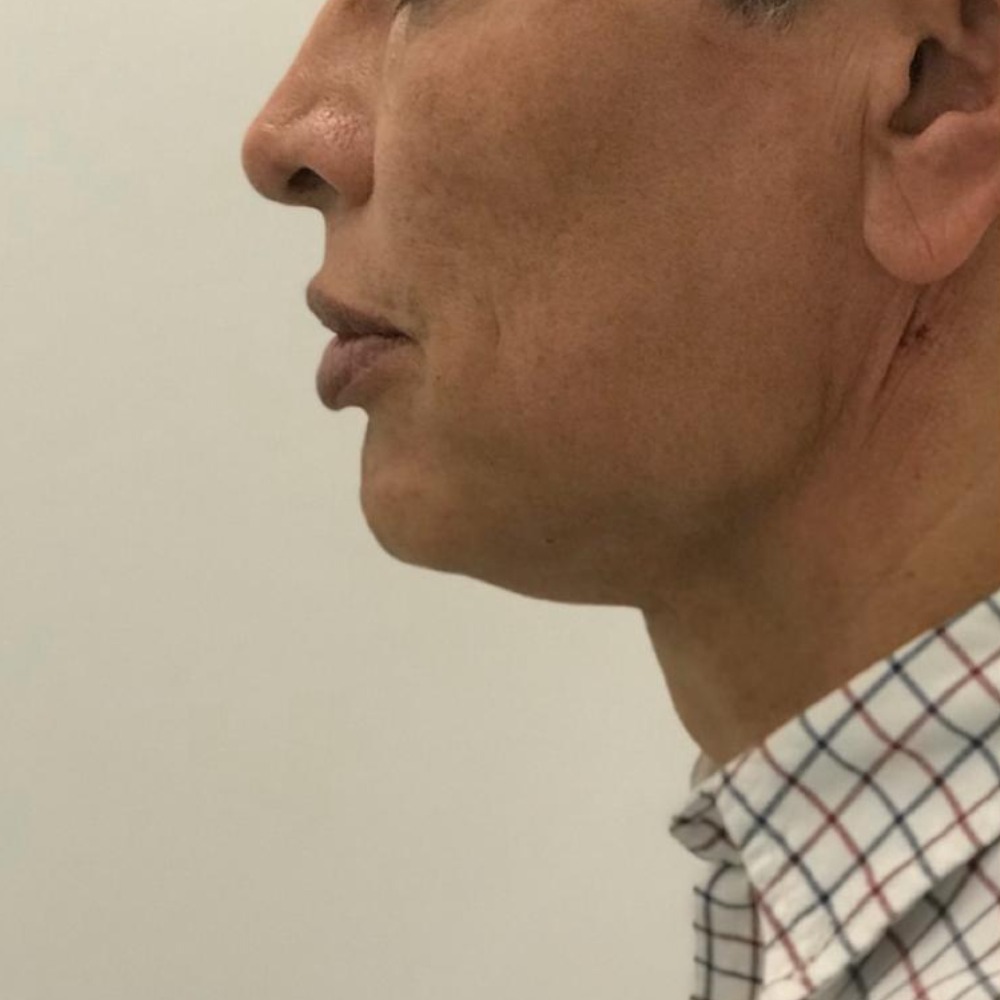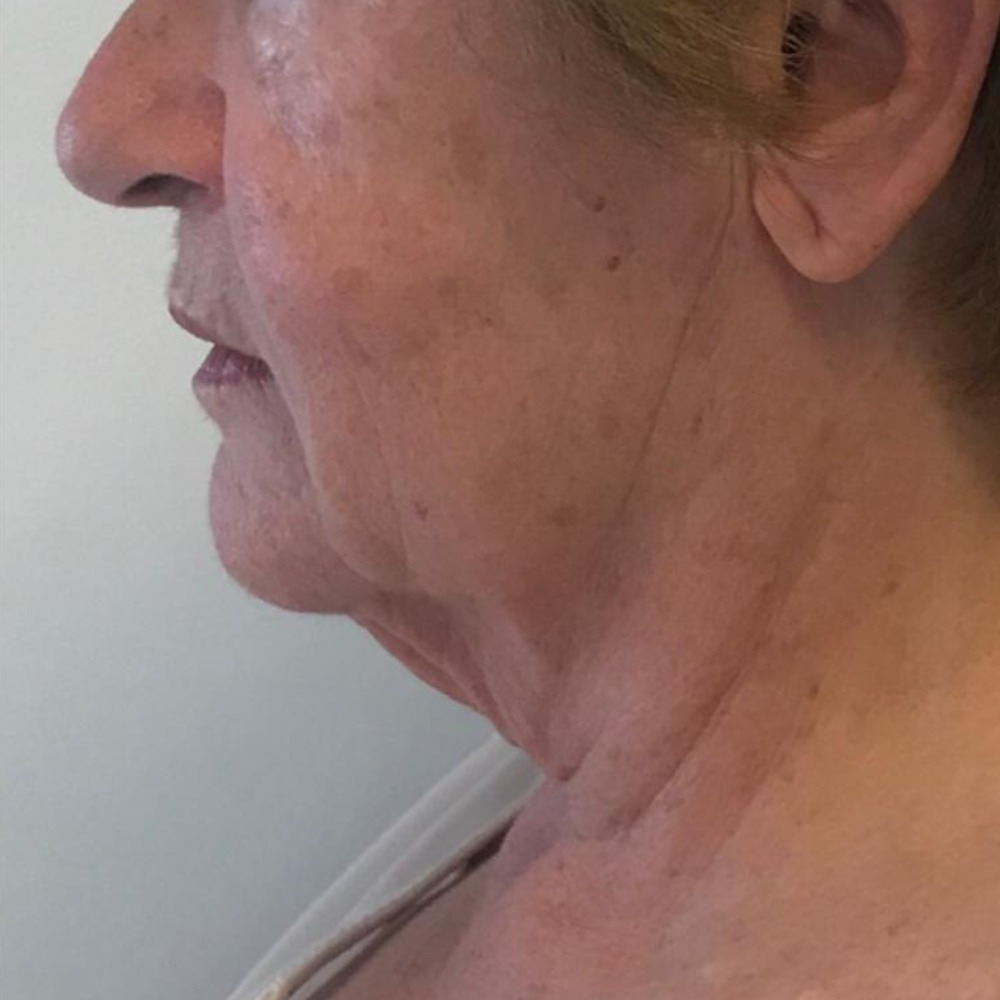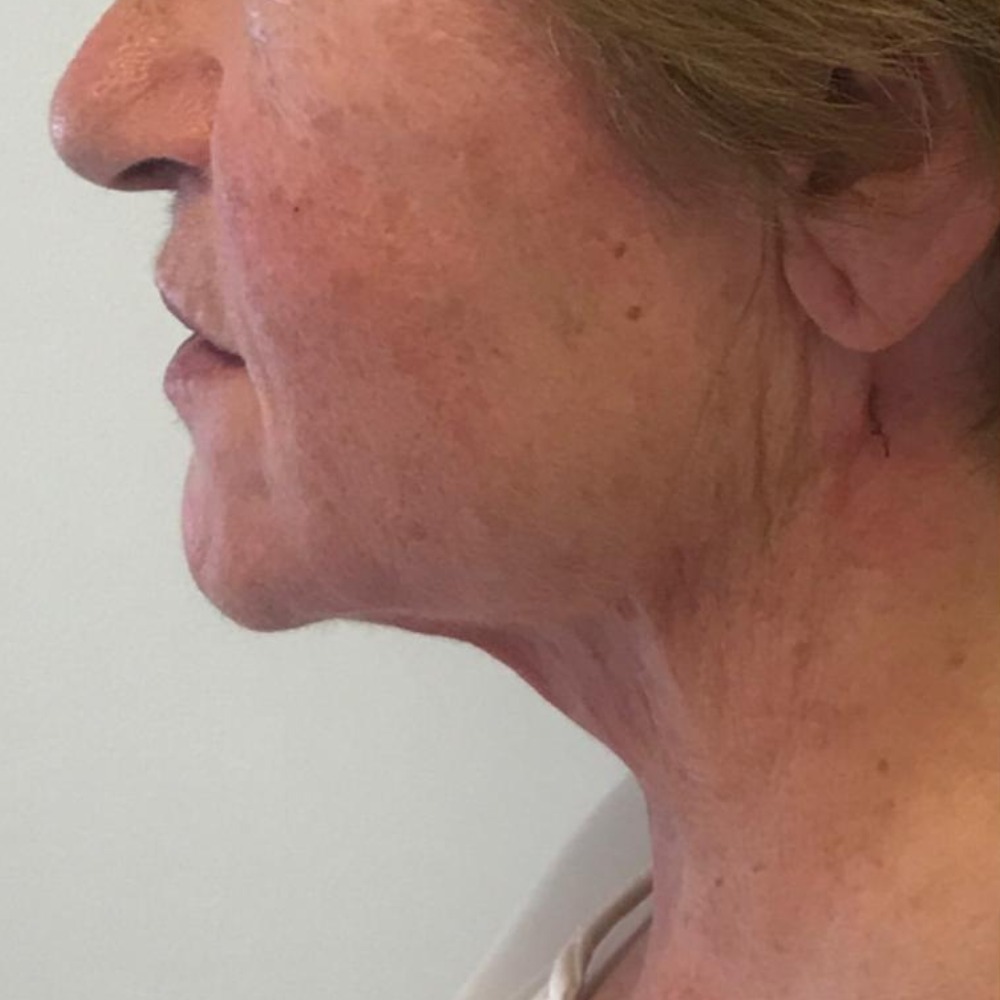Threads or Sutures are one of the most popular treatments currently existing to tackle laxity and sagging of the face and neck. The London De Felipe Dermatology Clinic has world known experts in the use of threads and sutures.
This treatment is a quick and safe procedure to recover facial laxity, achieve skin tightening and recover the natural firmness of the face and neck.
What is a suture thread or a thread lift?
A Suture or Thread is a knotted hair shaped filament made of an organic biocompatible absorbable material used in Aesthetic Medicine and Cosmetic or Aesthetic Dermatology to treat the jowls, the laxity of the neck and the sagging of the face. Our experts recommend threads specially when sagging is present in the jawline and neck.
The use of Threads or Sutures in London provides a lifting effect without the need of surgery. A typical procedure with threads requires a small incision to be placed in the desired area. This is done by an experienced doctor. Once the thread or suture is introduced into the subcutaneous tissue, a mechanical lifting effect is obtained and a long term production of type I and type II collagen that lifts the sagging areas of the face or neck further is started.
Classification of threads and sutures used in thread lift
Different kinds of sutures and threads are used with different indications. Each type of thread or suture has its own indication.
Threads and Sutures are made of materials identical to those used in surgery to suture muscles, tissues or skin.
Classification can be done according to their composition, shape and/or duration.
Nevertheless the manufacturing process has a remarkable influence on the life of the threads. If they are heated to reshape them, they degrade faster and last less.
The threads or sutures used in the Dermatology Clinic in London are made with ultrasound technology and not heated. This means that they last longer and stimulate collagen better. They also grab tissues better and for a long time, exerting a greater lifting effect.
Composition
We distinguish between two types of thread lifts based on the composition of their materials: absorbable and permanent.
Shape
According to their shape, threads can be classified as:
Duration
According to duration, threads or sutures can be classified from longer to shorter as follows:
London suture or thread lift treatment
The procedure of sutures or threads in London is minimally invasive and has established itself as one of the most demanded aesthetic treatments today.
What is a Thread Lift with threads or sutures?
Thread treatment is indicated to treat laxity of the face, neck, cheeks, eyebrows or other parts of the face.
The procedure is performed as follows:
Procedure time
15 minutes
Type of anesthesia
Local
Clinical outcome
Immediate
Recovery time
Immediate. Social life and work can be immediately restarted. Some wrinkling of the lateral side of the face might be visible during the first days after the procedure.
Results
Results are very visible immediately after the procedure but the lifting effect of the threads is partially lost during the first month. In the following year, the stimulation induced by the suture or thread will improve the look of the face or neck treated in this way. Results last from 6 to 12 months.
Thread lift before and after
The insertion of sutures or threads in London produces a strong elevation along the lines of greatest laxity of the neck, face or eyebrows.
The result is immediate, although the effect decreases during the first 30 days and improves later up to 6 months, thanks to the stimulation of new collagen. At the De Felipe Dermatology clinic we have been using sutures or ultrasonic threads for more than 5 years. The reviews of patients support the safety and success of this procedure.






Frequently asked questions from our patients
Some patients often ask us about thread lifts in London:
